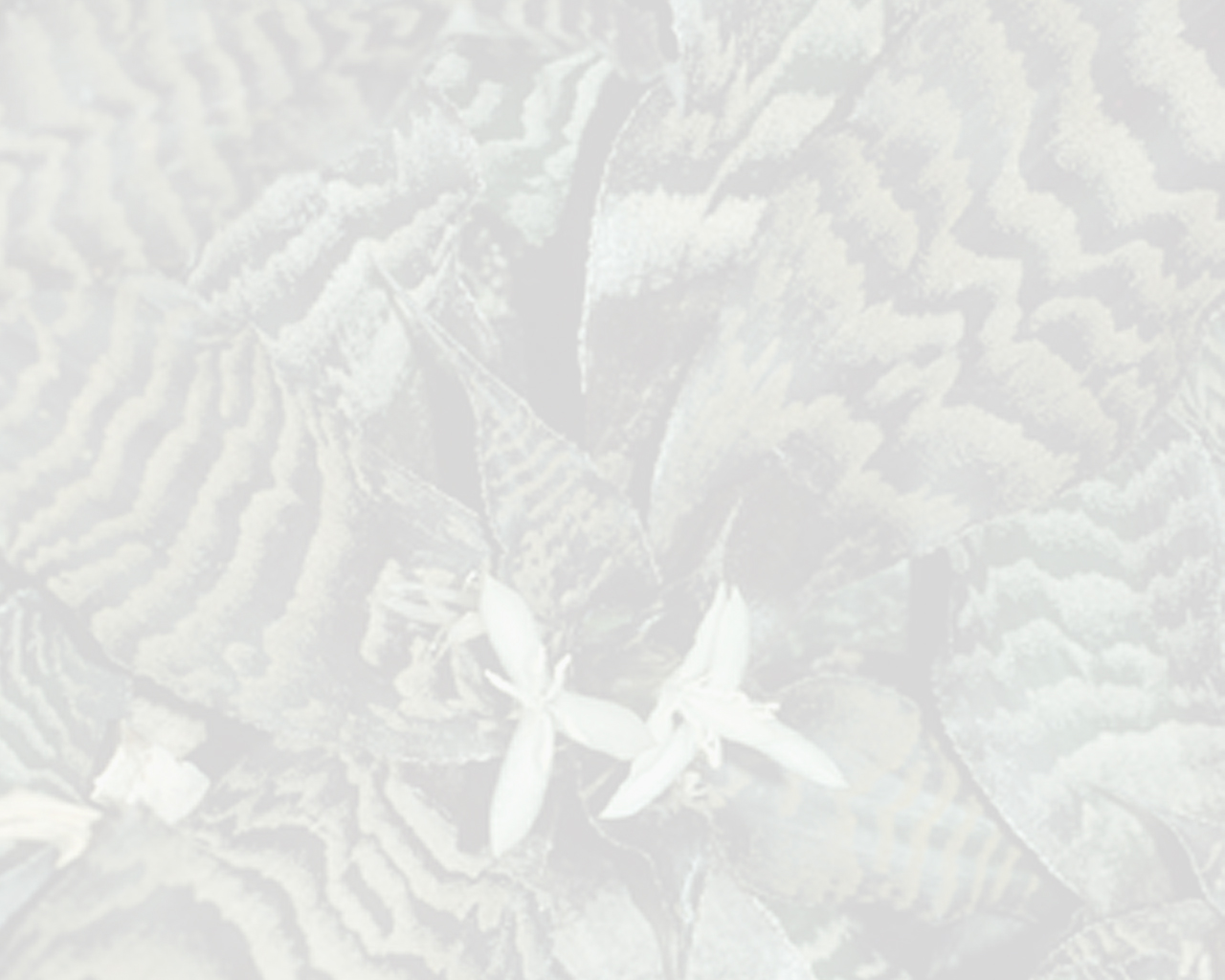
 Bromeliaceae Literature (most recent first) — David Benzing
Bromeliaceae Literature (most recent first) — David Benzing
- Benzing 2023 (2023) Bromeliaceae: A brief Profile and some Topics that Warrant Further Inquiry. Selbyana 34: 1–79.
- Benzing 2017 (2017) How bromeliads obtain and use water. Journal of the Bromeliad Society 66(4): 274-284.
- Benzing 2014 (2014) To Be Or Not To Be A Species. Journal of the Bromeliad Society 64(1): 44-51.
- Benzing 2000 (2000) Bromeliaceae. Profile of an adaptive radiation. Cambridge University Press UK, 690 pp.
- Givnish et al. 1998 (1998) Molecular evolution and adaptive radiation in Brocchinia atop tepuis of the Guayana Shield. In: Molecular evolution and adaptive radiation. Cambridge University Press, UK, pp. 259–311.
- Owen et al. 1988 (1988) Apoplastic and ultrastructural characterizations of the trichomes from the carnivorous bromeliad Brocchinia reducta. Canadian Journal of Botany 66(5): 941-948.
- Benzing 1985 (1985) Absorptive Trichomes in Brocchinia reducta (Bromeliaceae) and Their Evolutionary and Systematic Significance. Systematic Botany 10(1): 81-91.
- Benzing & Friedma 1981 (1981) Patterns of foliar pigmentation and their adaptive significance (Bromeliaceae). In: Selbyana. Selbyana 5(3-4): 224-240.
- Benzing 1980 (1980) The biology of the bromeliads. Mad River Press, Eureka California USA, 305 pp.
- Benzing & Davidson 1979 (1979) Oligotrophic Tillandsia circinnata Schlecht (Bromeliaceae): an Assessment of its patterns of mineral allocation and reproduction. American Journal of Botany 66(4): 386-397.
- Benzing et al. 1978 (1978) The Foliar Epidermis in Tillandsioideae (Bromeliaceae) and its role in Habitat Selection. American Journal of Botany 65(3): 359-365.
- Benzing 1976 (1976) Bromeliad trichomes: structure and function. Selbyana 1: 330-348.
- Benzing et al. 1976 (1976) The Absorptive Capacities of Bromeliad Trichomes. American Journal of Botany 63(7): 1009-1014.
- Benzing & Renfrow 1971 (1971) The Biology of the Epiphytic Bromeliad Tillandsia circinata Schlecht. I. The Nutrient Status of Populations in South Florida. American Journal of Botany 58(9): 867-873.


 Bromeliaceae Literature (most recent first) — David Benzing
Bromeliaceae Literature (most recent first) — David Benzing